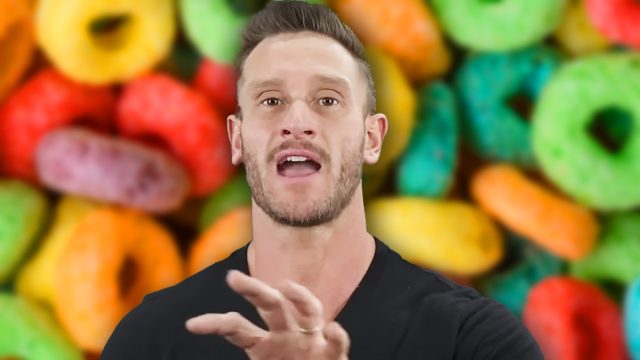I Lost 110 Pounds: Here Are the 19 Most Unhealthy Junk Foods I'll Never Touch Again
Have you ever found yourself mindlessly snacking on junk food, unable to stop even when you're full? You're not alone. Thomas DeLauer (@ThomasDeLauerOfficial), a YouTuber with over 3.68 million subscribers, knows this struggle all too well. After losing an impressive 110 pounds, DeLauer now shares content about improving your life through better nutrition and lifestyle choices. In this eye-opening article, he reveals the 19 junk foods he vows never to eat again. Read on to discover which foods might be sabotaging your health and weight loss goals.
The Science Behind Junk Food Addiction
Scientists spent a lot of time analyzing why it's so difficult for us to resist junk food. "The reasons that our bodies crave these foods is because they are loaded with ingredients that tap into the pleasure centers in our brain, the so-called dopamine reward pathway, which is the same pathway that street drugs like cocaine tap into," Uma Naidoo is an instructor in the Department of Psychiatry at Harvard Medical School and the author of the books "This Is Your Brain on Food" and "Calm Your Mind with Food," tells The Harvard Gazette. "When we consume ultra-processed foods that are highly palatable, such as highly sugary foods or sodas and so on, the dopamine, which is the feel-good neurotransmitter, makes you feel better in the short term, and it reinforces that loop of you wanting to eat it again," adds Naidoo.
How Sugar and Fat Fuel Our Stress Eating Habits
"Sugar makes us want to eat more sugar. Fat makes us want to eat more fat. Our brains are chasing that pleasurable state of food euphoria," registered dietitian Beth Czerwony, RD, tells Cleveland Clinic. "Especially when we're stressed, junk food often soothes us with the least amount of fuss and effort. We look for sugary and fatty foods to make us feel good. When you eat foods you enjoy, you stimulate the feel-good centers in your brain, triggering you to eat even more," she says. Read on to discover the worst offenders, according to DeLauer.
Doritos: The Perfect Storm of Unhealthy Ingredients
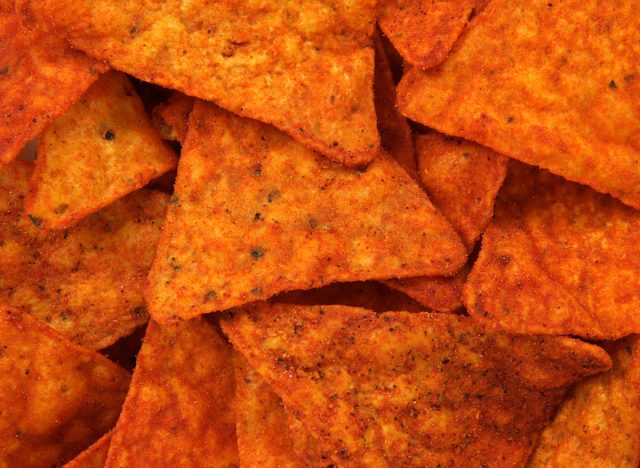
DeLauer identifies Doritos as one of the worst junk foods: "Doritos, one of the worst things. There's no particular order, okay? You've got a high amount of fat, you've got tremendous texture. There are food scientists that make millions of dollars doing what they do because they're so good at it, getting the texture, just the powder when it hits your mouth, just the texture of the powder on your hands and how you lick your fingers afterwards, that has an impact on your brain that keeps you coming back for more. Not to mention refined starch, not to mention the MSG."
Fried Sweet Foods: A Dangerous Combination
"Next step is going to be any kind of fried sweet food. So a funnel cake, a churro, a Twinkie is a perfect example. Why? Because you have the texture from the fat, the sugar, those combinations. Those are the bad ones," DeLauer warns in the video.
Ramen: Hidden Dangers in a Popular Comfort Food
DeLauer explains in the video why ramen makes the list: "Ramen is a very high glycemic, ultra-refined noodle. There's usually a bunch of soybean oil and possibly even trans fat oils added into the mix. But then if you look at most ramen, there's what is called TBHQ in it. Now, more research needs to be done, but TBHQ could be associated with neuronal cell death and actual DNA damage."
Fruit Loops: A Breakfast Disaster
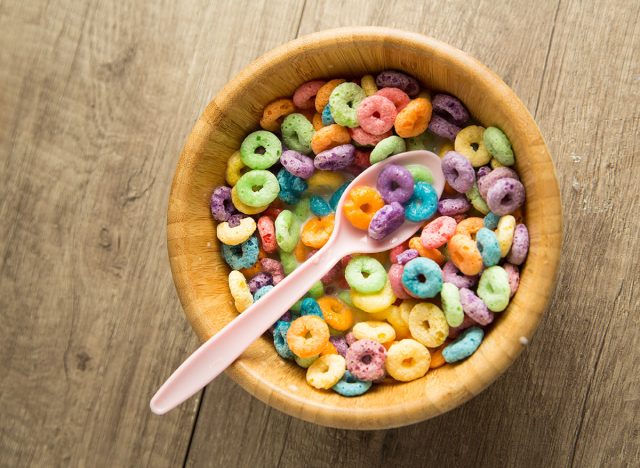
"Fruit loops don't really combine sugar and fat, but fruit loops are so high glycemic and the problem that we have with them is the time of day we typically eat them. You roll out of bed and you have fruit loops and you're not having any protein along with it, right? So you have this big glycemic spike," DeLauer points out in his video.
Milkshakes: The Liquid Calorie Trap
In his video, DeLauer explains why milkshakes are particularly problematic: "When you have what are called gut incretins, gut hormones that register how quickly something's coming in, well, they send feedback to the brain to tell you to get full. When something comes in a liquid form like this that's very high calorie, you have a minimal glucagon-like peptide GLP one response, so very limited feedback to the brain to tell you to stop, so you could pound a 600, 700 calorie milkshake and not even have a blip on your radar of feeling full."
White Chocolate: All the Bad, None of the Good
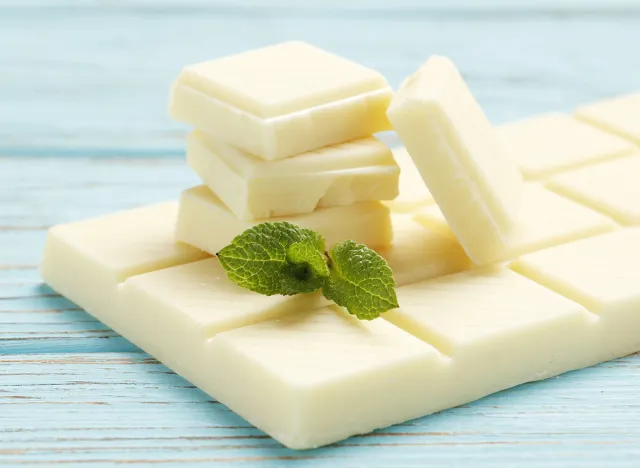
"I say this because although there are worse things out there than white chocolate, it's pure cocoa butter, cocoa mass fat, and sugar," DeLauer explains. He contrasts this with dark chocolate, which has polyphenols that can counteract some of the effects of sugar.
French Fries: The Addictive Side Dish
DeLauer notes, "French fries, okay, now here's the deal. French fries next to potato chips. I would arguably say that french fries are going to be much more satiating. In fact, you might know Grego Gallagher Keno body, he talks about this all the time. He talks about how although french fries aren't the healthiest food, he would rather eat french fries than potato chips because potato chips are just endless, right? French fries, you can actually get kind of full from them, but you got to get around the fact that there's soybean oil, trans fats, high glycemic carbohydrates because of the way the potatoes are cooked, and next thing you know, you're just eating a ton of them."
Ice Cream: The Classic Indulgence
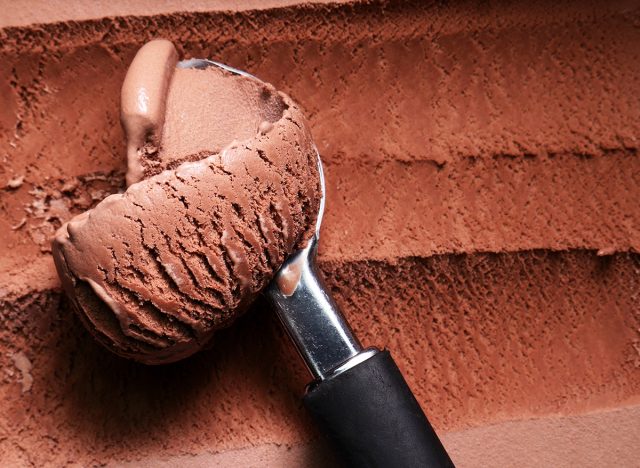
DeLauer briefly mentions ice cream, acknowledging its obvious place on the list.
Salty Fried Foods: A Triple Threat
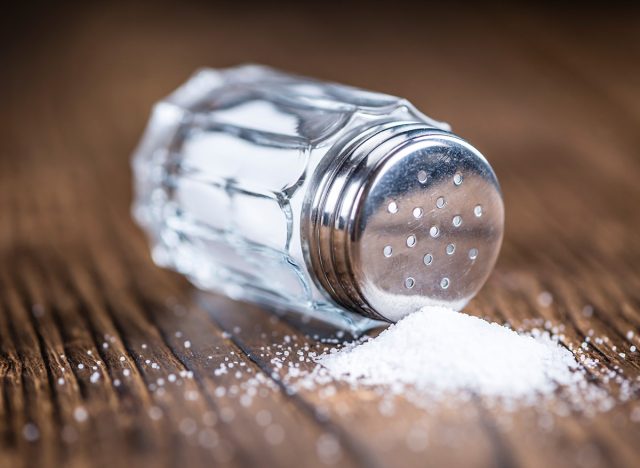
In his video, DeLauer explains, "The reason is when there's salt added to the equation, there's a study published in Nature that demonstrated that salt might impact our brain from a different angle, so they found that it could alter brain signaling, which means that if we have fat, we have sugar, and we have high salt, not just a little bit of salt, but high salt. We have multiple signals going into the brain."
RELATED: Quit Ozempic? 4 Ways to Maintain Your Weight Loss Results
Flavored Yogurt: Hidden Sugar Bomb
DeLauer warns, "Don't need to go into a lot of detail on this super thin, so it just digests really fast. It's pure sugar. Come on, it's not good stuff. At least go for straight-up Greek yogurt."
Donuts: The Ultimate Junk Food
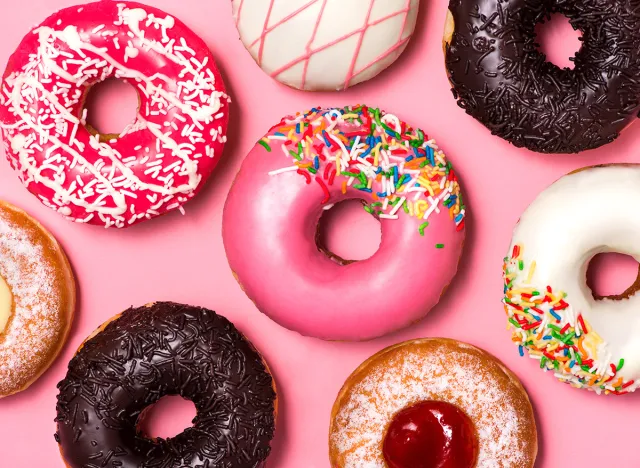
"Again, you're taking high amounts of refined carbs and you're frying them in crude oil, and then you're putting additional fats and you're making them as succulent as possible, so you're satisfying this entirely different region of your brain," DeLauer explains.
Barbecue Sauce: Unexpected Sugar Source
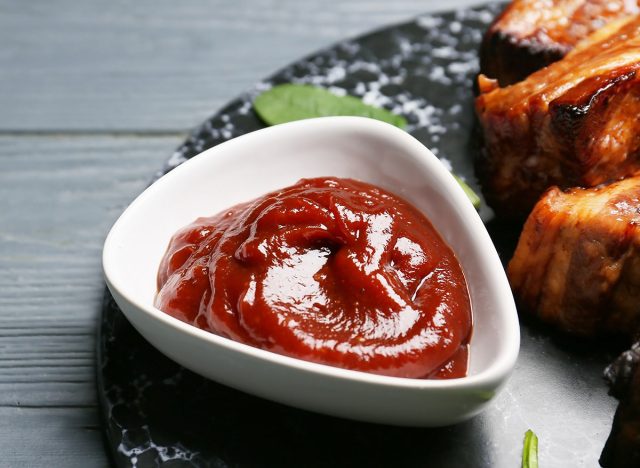
DeLauer points out, "Don't get me wrong, there's healthier options for barbecue sauce. Primal Kitchen's got some good ones, things like that. They're out there, but we do need to look at the fact that most of them have a bunch of high fructose corn syrup."
Margarine: Trans Fat Central
DeLauer simply states, "This is on the list because honestly, it's pure trans fat, so independent of being hyper palatable, it's just terrible for you."
RELATED: 4 Weight Loss Mistakes I Will Never Make Again That "Kept Me Fat"
Frozen Pizza: Convenience at a Cost
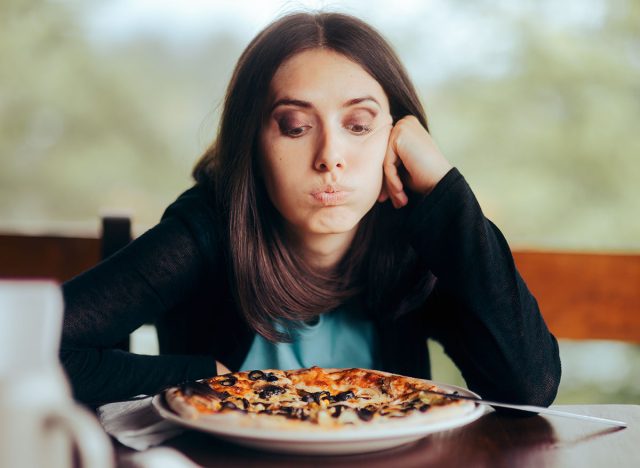
In his video, DeLauer warns, "Frozen pizzas you really run into just bottom-of-the-barrel refined garbage, high fat, lower protein, a bunch of preservatives. It's just easy to cram your calories."
Mayonnaise: The Condiment Culprit
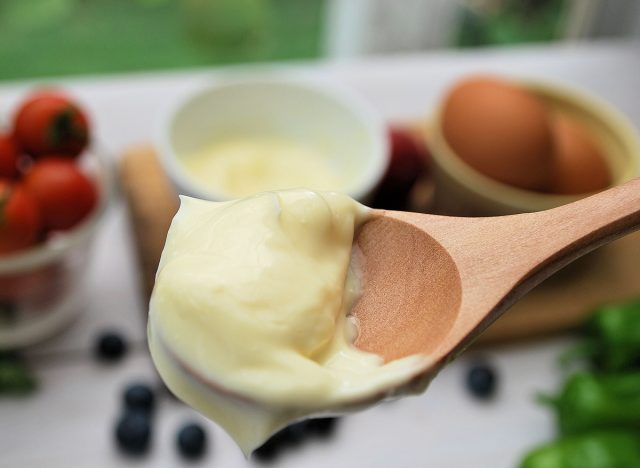
DeLauer explains, "Mayonnaise could be a superfood. It could definitely be a superfood if it's made with avocado oil or macadamia oil or whatever, but usually, it's cruddy soybean oil, but that's not the issue. It's what we put mayonnaise on. We start putting mayonnaise on hot dogs and put mayonnaise on burgers. You see the drill here, right? We got a high fat, super smooth, creamy texture that makes our brain feel good, and we smother it on bread."
Nachos: The Ultimate Temptation
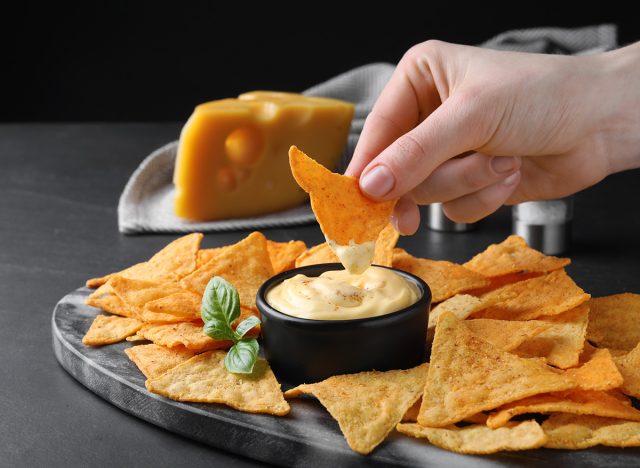
"Nachos are so calorically dense, plus you get the cheesy consistency. Now, I don't want to sound like a weirdo. It's small science, but there is some evidence out there that cheese can actually affect our opioid receptors as well," DeLauer reveals.
RELATED: I'm a Nutritionist and These are 7 Tips I Give My Clients for Lasting Results
Hot Dogs: Not as Innocent as They Seem
DeLauer notes, "Now straight-up beef frank is going to be great. ButcherBox has a really good 100% beef hotdog as well. Again, super awesome, but most of the hotdogs you're getting at the ballpark? They're not that. They're probably going to be like 50% meat, and then it's going to be on a refined bun."
M&Ms and Skittles: Colorful Trouble
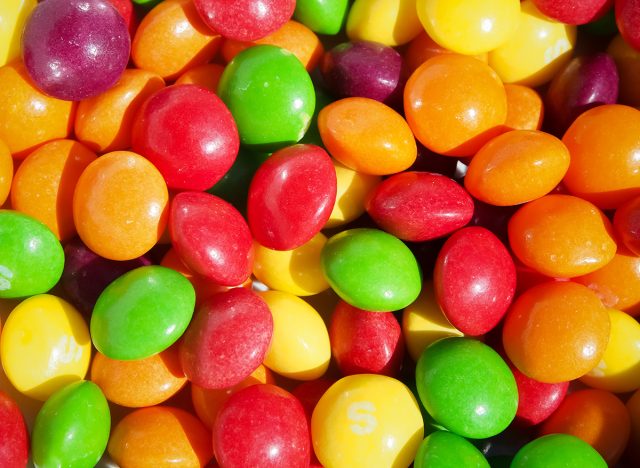
"The reason I say M&Ms is because you got the sugar and the fat, but you also have artificial colors in there, and there are some interesting studies. There was one in particular in Environmental Health. It looked at adolescents, but it found that when they had yellow number five or red dye number 40, it actually was linked to more ADD and ADHD," DeLauer explains.
Fake Dark Chocolate: A Wolf in Sheep's Clothing
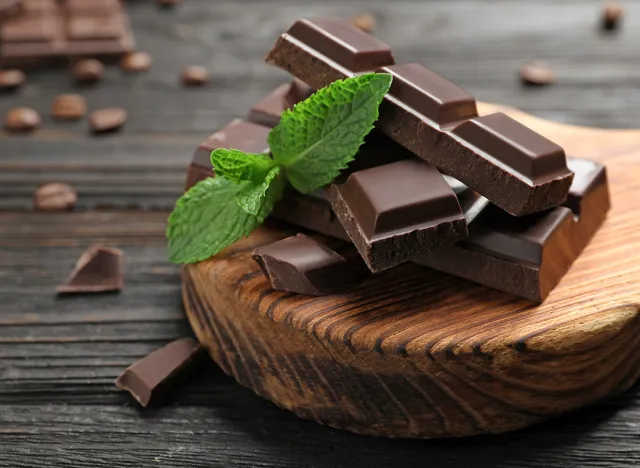
DeLauer concludes with, "There are a lot of dark chocolates out there that aren't actually dark chocolate or they're sugar-free chocolates that still have a bunch of maltitol and still have other binding agents. When you eat them, you still have a major blood sugar spike. Even though they're sugar-free, they still have a lot of carbs. They're going to wreck your gut, and they're not food that satiates you."
RELATED: I'm a Nutritionist and This Protein-Packed Breakfast Helps Me Shed Pounds and Boost My Metabolism
How to Curb Your Junk Food Cravings
Czerwony says these strategies can help you master your food cravings:
Practice mindfulness: Try to eat and drink without distractions. Czerwony advises: "Avoid eating in the car or while watching TV or answering emails. Really focus on enjoying and tasting your food. You'll find that a few bites can satisfy your craving — and save a lot of calories."
Try an air fryer: "One of the best recent inventions is the convection air fryer. It allows you to eat things that have a fried consistency, minus the oil," explains Czerwony. "It's a healthier way to indulge."
Embrace meal planning: Czerwony says when you plan ahead, you empower yourself to make good decisions. "Even if you choose a food that's not healthy, it shouldn't be a problem if you plan for it by eating healthier for a couple of days before or after." Other ways to plan include stashing healthy snacks in your bag or desk and planning dinners ahead of time so your mind (and not your stomach) decides the menu.
Give yourself non-food-related rewards: If treating yourself always involves unhealthy foods, you could be sabotaging your health goals. Instead, treat yourself to a new outfit, some pampering, or another activity that makes you smile.
Drink lots of water: It's easy to confuse thirst cues with hunger cravings. To stay hydrated all day, keep a water bottle within reach.
Get a good night's sleep: Keep those hunger hormones in check with adequate rest.
Manage stress: "If you cultivate a healthy lifestyle, those cravings often go away because the body isn't responding to stress. Try meditation, exercise, or reading to settle yourself down in stressful moments." And if you enjoyed this article, take advantage of these 15 Quick Ways to Lose Body Fat Percentage in a Week.
